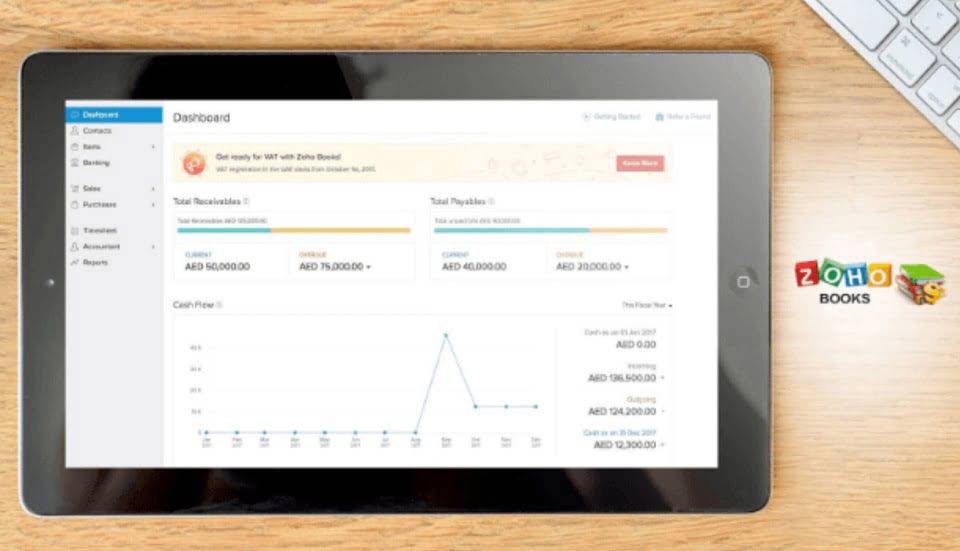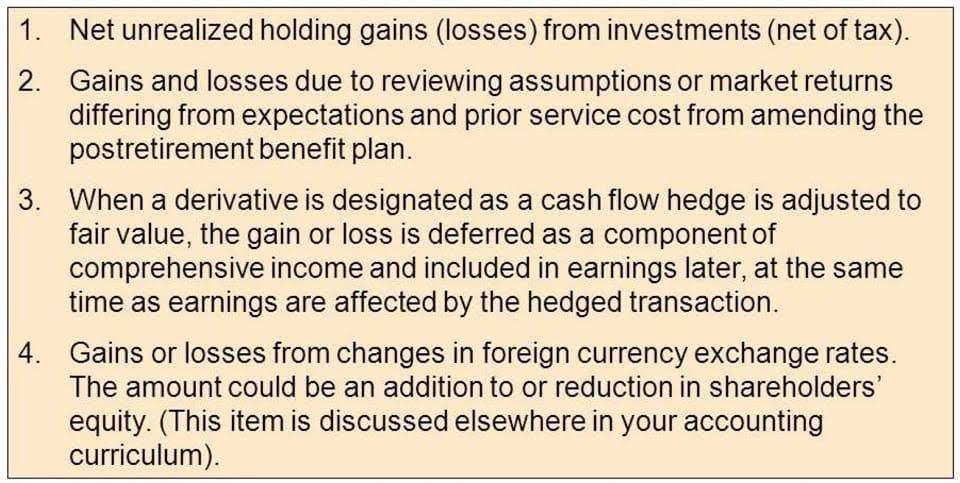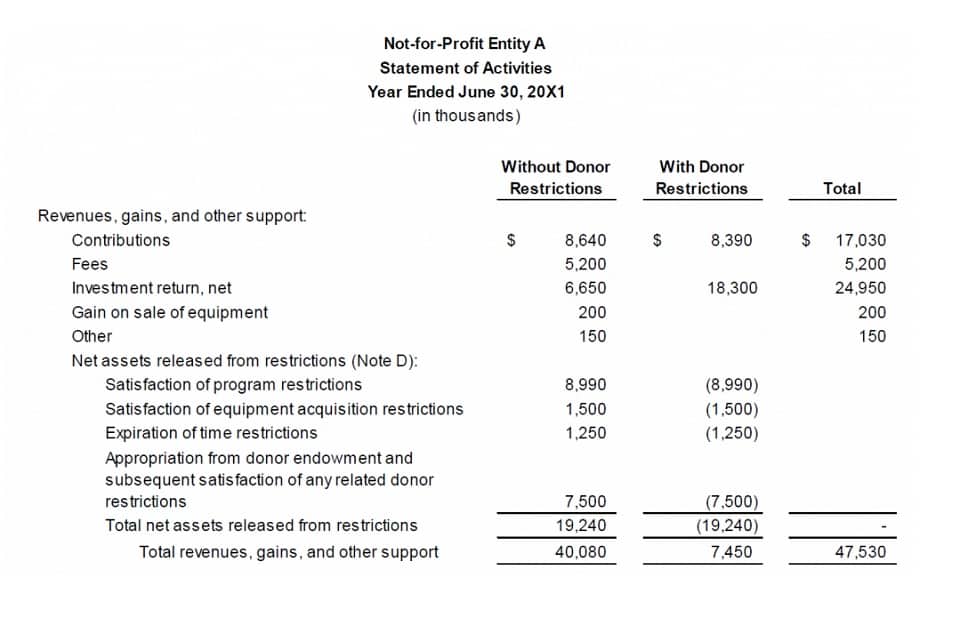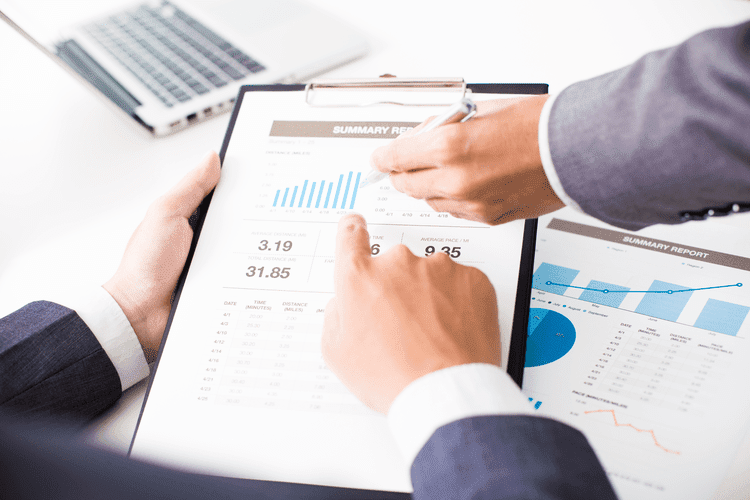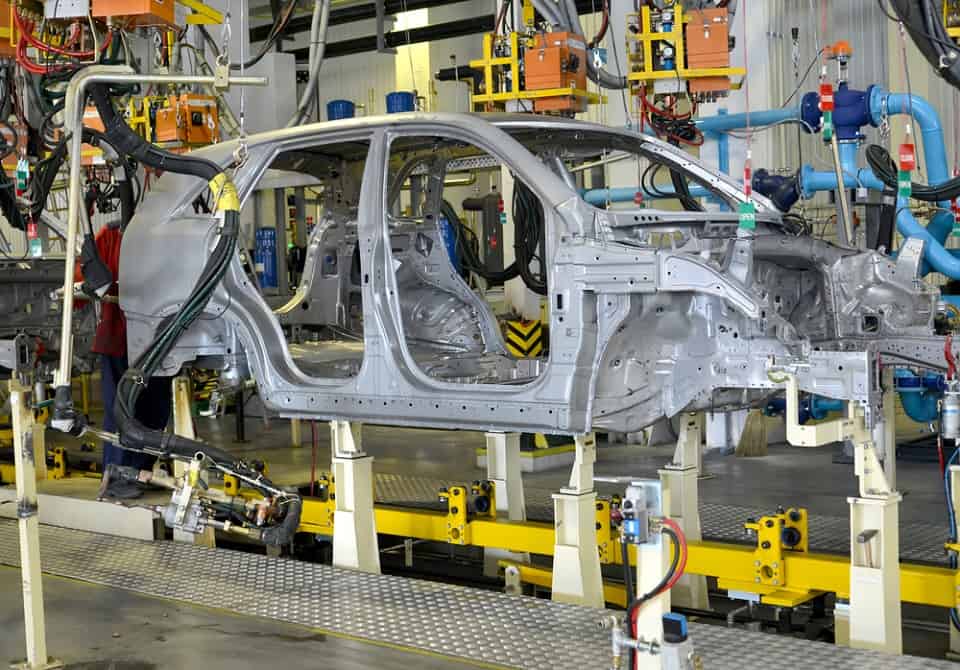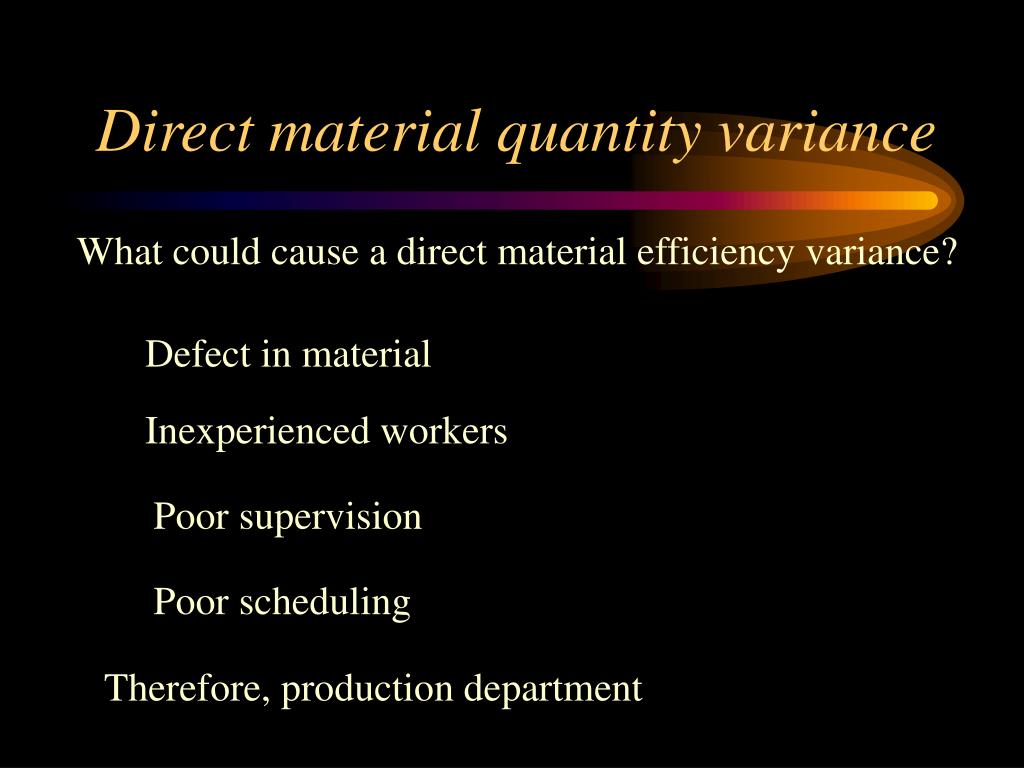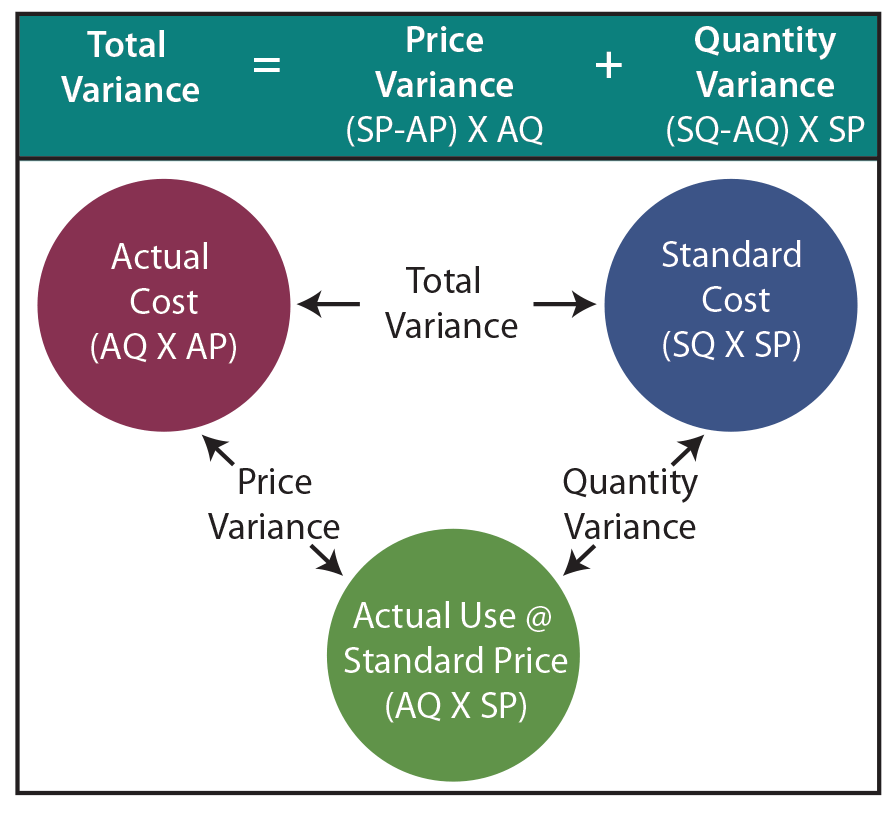
Evaluate volume and customization level for batch production scenarios. Direct costs, on the other hand, can easily be traced to specific products or services. If you manufacture face masks, you can calculate the amount of each fabric (raw materials) you use in each mask for direct materials and the direct labor costs it takes to run the machines. Because of this, labor and material costs are considered direct costs.
Chemical Manufacturing and Consistent Costing
For example, they may find that the entire plumbing system for one house is damaged. A key element of becoming profitable and scaling is effective cost management. It helps in different ways that ultimately translate to a higher profit margin.
Strategic Cost Management for Competitive Advantage
The sticks made of maple and birch are manufactured on the fifth day of the week. It is difficult to tell the first drumstick made on Monday from the \(32,000\)th one made on Thursday, so a computer matches the sticks in pairs based on the tone produced. Manual accounting is becoming outdated and inefficient, hindering business growth and profitability. According to Gartner, more than 59% of accountants make financial errors several times monthly. Overhead should be divided between projects as it doesn’t apply to just one project. You may disperse it across projects, or by the amount of labor required for each.
Do you own a business?
Look at the expense categories and note each overhead cost and the amount spent before. Some of those are fixed costs which can be used to allocate your overhead for this year. You can allocate mileage costs based on the number of miles driven to and from your particular customer’s location for instance.
Cost Accounting Methods: Job Order Costing vs. Process Costing
Try it for free today to find out more about how it can help grow your company. Compared to direct labour and material costs, figuring out the overhead costs can be challenging. Hannah also has to keep her staff accountable for using these systems every day because if they don’t, the company can’t track product costs. At this point, Hannah’s company needs to precisely track the material cost and labor costs that are needed to make a batch of shirts. The first money spent in a process costing system is for materials because you purchase the materials before you pay the workers to do something with the materials. The batches are a little different, and the manufacturer makes slight adjustments to switch between products.
Chili’s prepares food, and its wait staff provides a service, whereas Marshalls sells a variety of products at retail. Robust cost accounting enables manufacturers to accurately assess profitability across products, customers, and other dimensions. Process costing simplifies costing for high volume, continuous production runs. It is an apt example of the process costing system for standardized manufacturing.
Since process costing determines the cost of each unit based on the overall costs of departments or stages in manufacturing, errors can creep in by including non-production costs when calculating. That could mean pricing items too high which can damage customer relationships and lower sales. There are a few different types of process costing which can be used depending on your situation. You can use weighted average costs, in which you work out an average cost per unit across your offerings. Calculating standard costs is somewhat similar – the main difference is that you would assign a standard cost when calculating your averages, rather than using the actual costs. A final consideration is the FIFO system – if you are dealing with a goods oriented manufacturing or sales industry, you are likely already familiar with the idea of ‘first in, first out’.

Process costing, on the other hand, accumulates costs by department or process over a period of time. Costs are averaged across the full production volume rather than per job or batch. Job order costing provides an accurate assessment of costs and profits across different jobs. It is one of the main job order costing examples used in specialized or custom manufacturing. The majority of companies produce more than one product, and they use process costing by making batches of identical products, or at least highly similar products.
- It’s best to have an accounting system that supports direct material, labor, and overhead costs.
- If you find that actual costing more than 10% higher than your budget, revisit your budget to determine whether or not your assumptions are reasonable.
- When she sends a bid to a potential client, her direct costs include materials and labor expenses.
- By understanding the characteristics, benefits, and uses of each system, businesses can implement the appropriate cost accounting approach to optimize cost management and enhance decision-making.
- This kind of work is done by tradesmen such as plumbers, mechanics, movers, and similar tradespeople.
If Jennifer’s company doesn’t produce or sell anything during a particular month, many of our costs would not be incurred. Process costing can also accommodate increasingly complex business scenarios. While making drumsticks may sound simple, an immense amount of technology is involved. Rock City Percussion makes \(8,000\) hickory sticks per day, four days each week.
Direct material costs include all the raw supplies you need to make the product. You do not want to include anything that is considered overhead or an indirect and fees deduction cost, such as the machine used or the electricity to run the machine. FreshBooks is a software solution that provides a host of accounting solutions.

